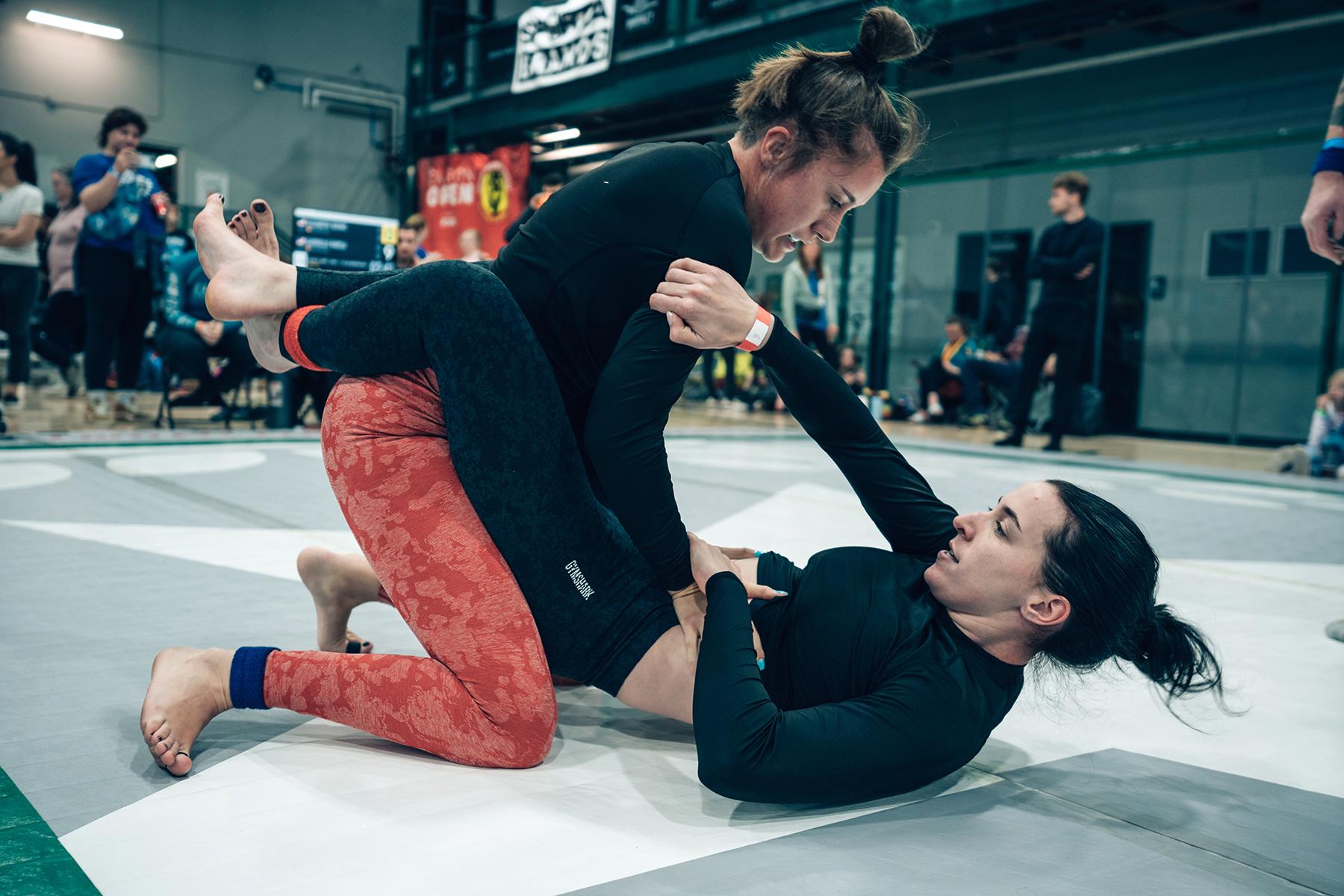Brazilian Jiu Jitsu (BJJ) has become known world-wide as the martial art and combat sport that focuses on ground fighting and grappling techniques.
Rooted in traditional Japanese Jiu Jitsu and Judo, BJJ has evolved into a unique discipline with its own set of positions and movements, including just as many throws as other more wrestling-based takedowns. One of its core philosophies rests in the belief that a smaller, technically proficient practitioner can control and submit a larger, stronger opponent through proper positioning and leverage.
Techniques like guard retention and escapes show us how to create space even when trapped in unfavorable positions, and using takedowns and sweeps we can off-balance our opponents energy and redirect their attack. By using angles, leverage, and timing, BJJ practitioners can manipulate their opponent’s movements, disrupt their balance, and create opportunities to escape or counterattack.
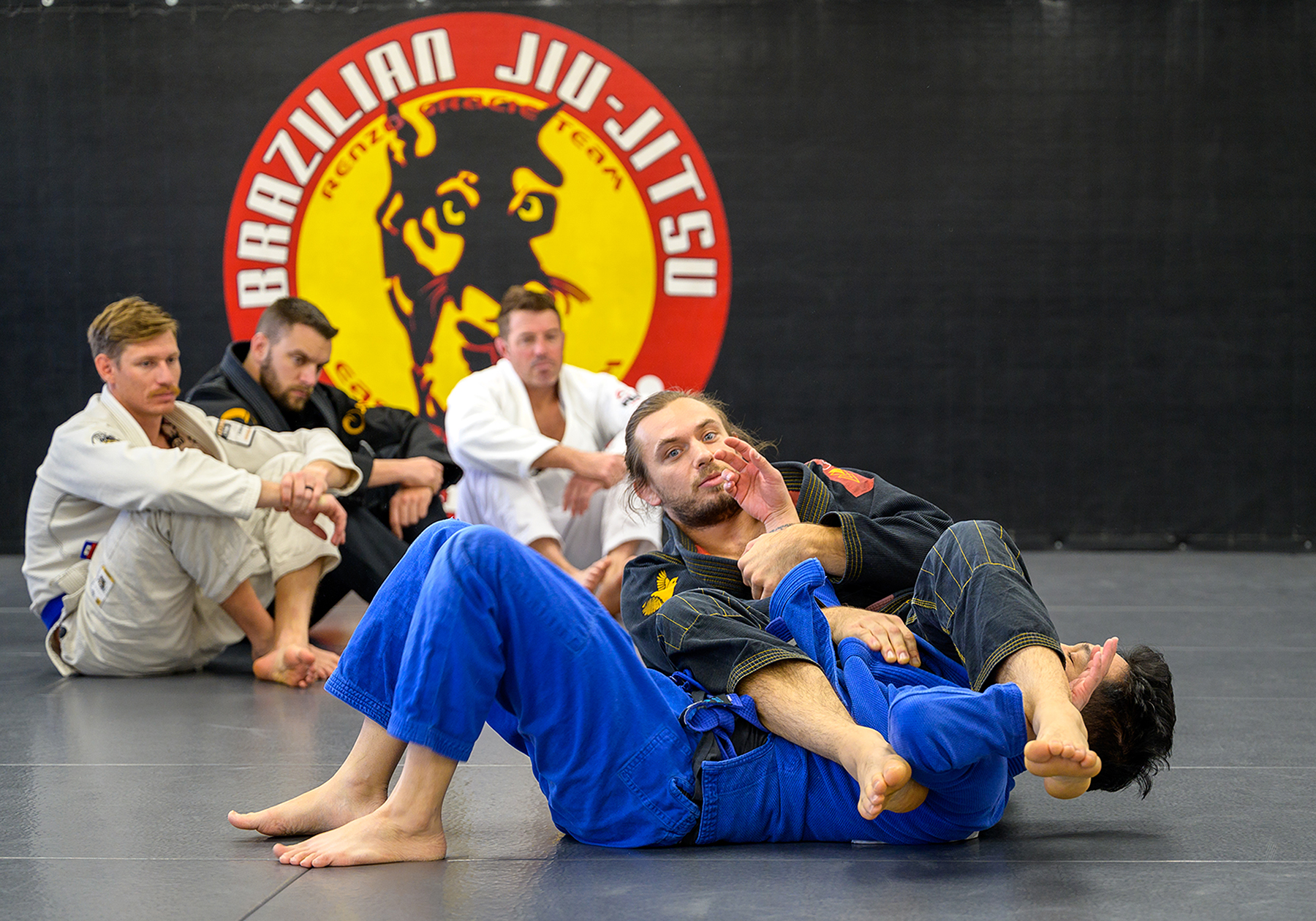
What are some of the key positions and movements that make this art both dynamic and effective?
Key positions in BJJ
BJJ revolves specifically around positional control techniques that allow practitioners to dominate their opponents on the ground. Some of the fundamental positions in BJJ include Closed Guard, Half Guard, Side Control, Mount and Back Mount.
Closed Guard. In this position, one person lays on their back with their legs wrapped around their opponent’s torso. The closed guard offers physical control and defensive opportunities, allowing the practitioner to set up sweeps, submissions, and attacks.
Half Guard. Half guard is a transitional position where the practitioner is on their back with only one of their opponent’s legs controlled. It provides opportunities for both the top and bottom practitioners to work for sweeps, escapes, and submissions.
Side Control. Here, the top practitioner is perpendicular to their opponent, chest-to-chest, with their opponent securely wrapped in their arms. This position provides effective control and opportunities for submissions or transitioning to more dominant positions.
Mount. In the mount position, one practitioner sits on top of their opponent’s chest, offering significant control and the chance to deliver strikes or apply submissions.
Back Mount. In this advantageous position, the practitioner is on their opponent’s back, often with their legs wrapped around the opponent’s waist. It’s a prime spot for applying chokeholds and securing control.
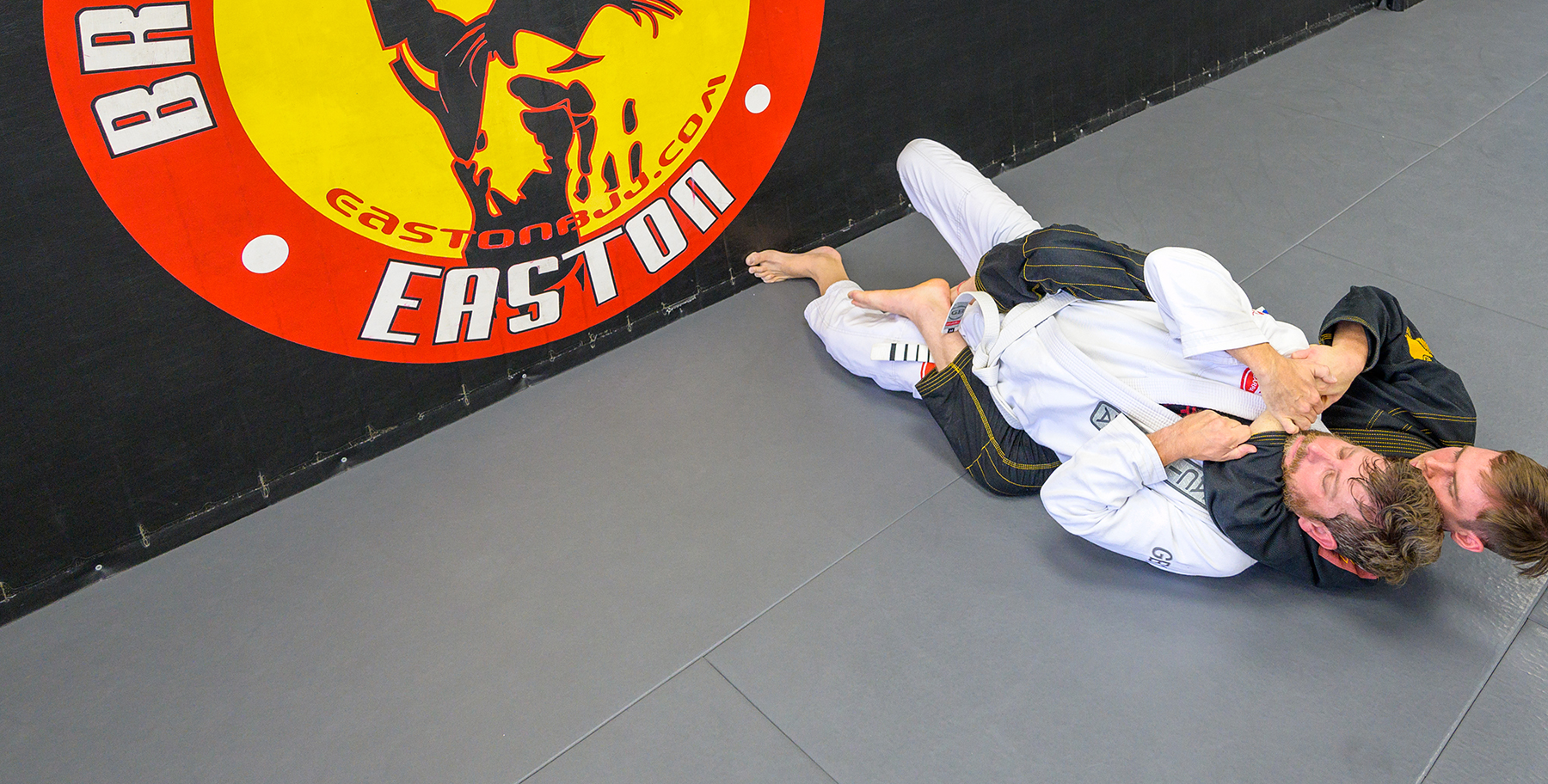
Fundamental movements in BJJ
BJJ can be broken down into four categories of movements that serve as the building blocks for effective ground grappling: Takedowns, Sweeps, Submissions and Guard Retention.
Takedowns. Quite literally, takedowns involve techniques to bring the opponent from a standing position to the ground. They set the tone for the ground game, with throws and trips that aim to secure top positions with your opponent on their backs. Takedowns usually include off-centering your opponent’s balance and taking advantage of their instability to bring them down.
Sweeps. Sweeps are techniques used by the practitioner on the bottom to reverse their position and gain a more dominant stance. By leveraging their opponent’s weight distribution and the angle of your movement, sweeps allow for fluid transitions from defense to offense.
Submissions. Submissions make up one of the biggest components of BJJ, where practitioners aim to force their opponents to submit by applying joint locks or chokeholds. Different positions offer unique opportunities to apply submissions effectively, from arm bars which lock the elbow to knee bars, wrist locks, and chokes of all kinds – some even involving your opponent’s clothes.
Guard Retention and Escapes. Guard retention involves maintaining one’s guard (legs wrapped either around your opponent’s torso or one leg for half guard) and preventing an opponent from passing to a more dominant position. Jiu Jitsu also teaches you to regain better positions through escapes – methods for freeing oneself from an inferior position by creating space and regaining control.
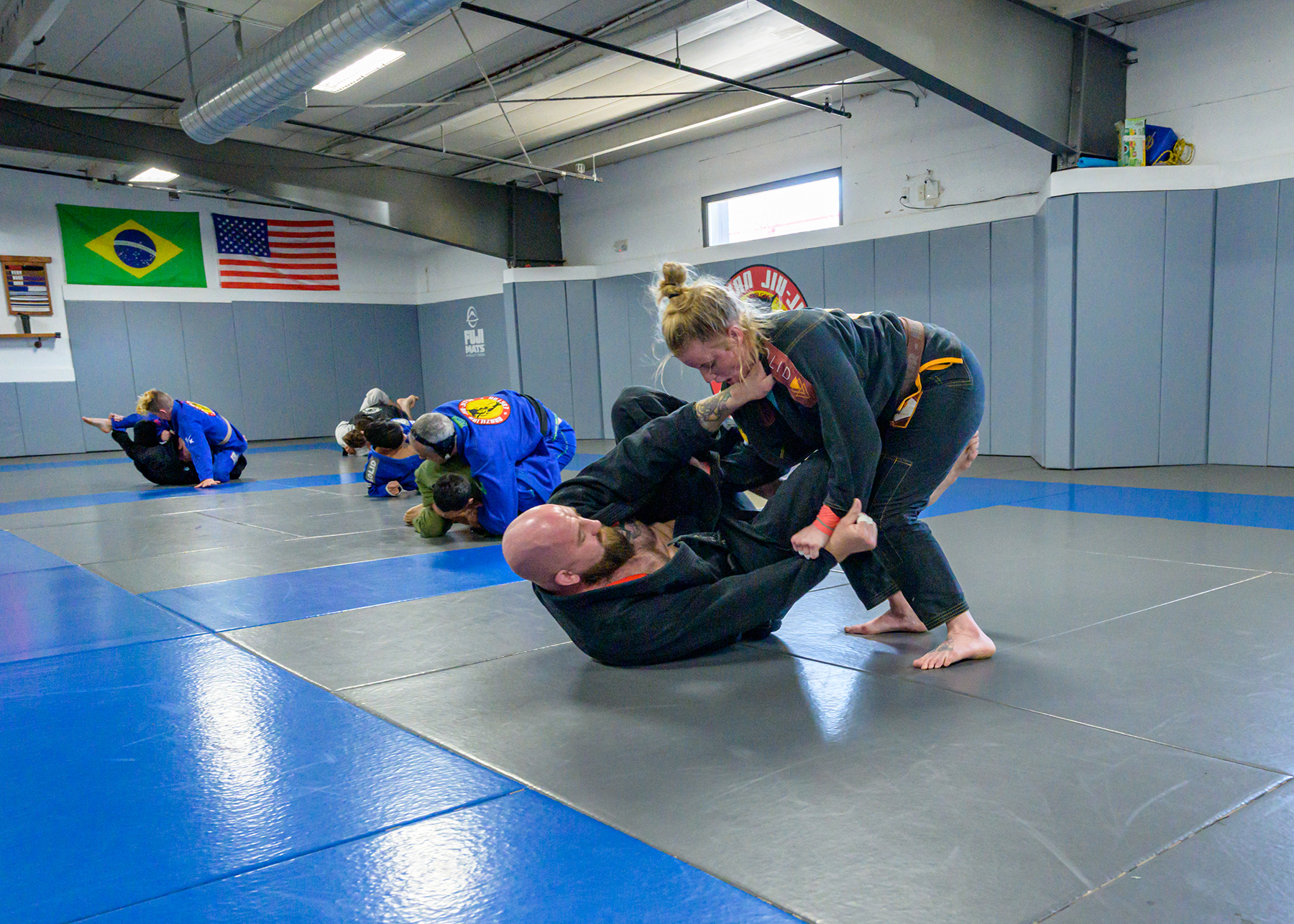
Creating space and control
While the fundamentals of BJJ encompass a range of positions and movements, if you get proficient at those listed above, you’ll find yourself well on your way to speaking its language.
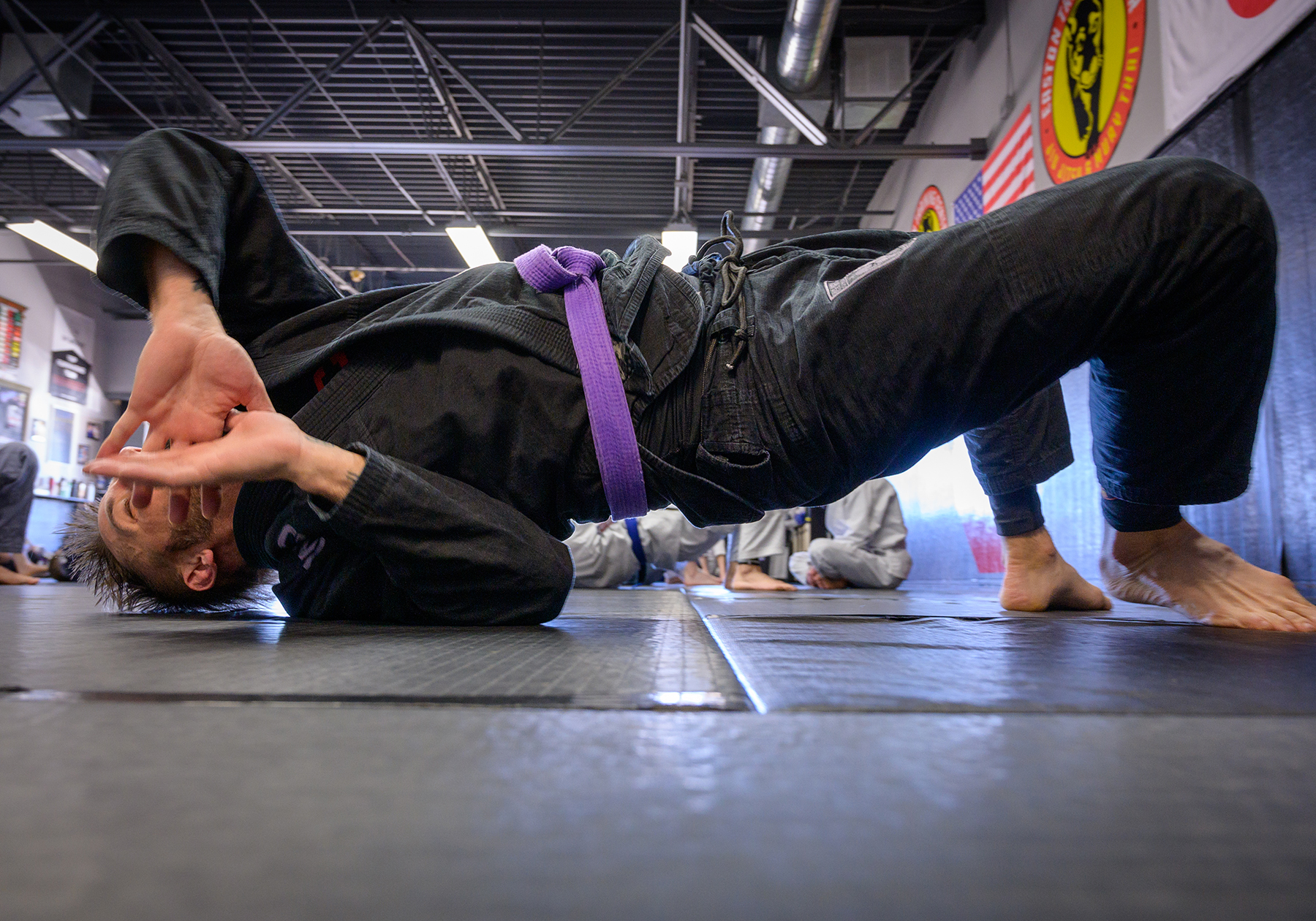
In the end, the idea is to get yourself into a position that enables you to control, submit, and escape from various ground situations – just as you would if you need to keep yourself safe.
The positions, such as closed guard, half guard, side control, mount, and back mount, lay the groundwork for tactical dominance as you work your way to secure the final submission. Meanwhile, takedowns, sweeps, submissions, and guard retention make up the core movements that practitioners need to become effective ground fighters.

